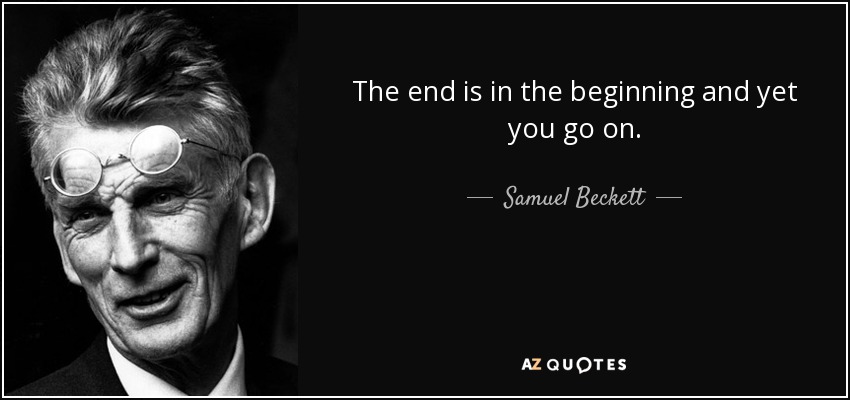Displacement in Frankenstein
Walton
/ Victor Frankenstein, Victor Frankenstein/
Specular Frankenstein
Source for photo: click here
A boat adrift, and a Turner foggy landscape of shadows in the white, turbulent matter acquires human-like shape through the camera lens of Walton’s eyes. Walton struggles to overcome his own fears, and test his courage through the daunting challenges accross unknown human and geographical territory. Walton’s frame narrative encompasses Victor’s narrative, and Victor’s narrative unweaves his creature’s narrative. Displacement in territory (fictional and real: Polar artic regions, Geneva, Ingolstadt, England), displacement in the account of the tale to be told (letters, concentric circles of plot lines) unhinge the reader from the closeness of the gruesome secrets to be unveiled.
A bang in the universe (commented by Maria E) flaps the wings of tragedy, and the subliminal landscape of the narrative will be shelter and menace for the string of events to unravel. An ominous pathetic fallacy, storms, blooming nature, blasted trees, and the pristine and serene water of the lake in Geneva will run apace with the emotions of Victor and his creative process (commented and read by Begoña, Salomé, Margarida, María T)
Infused with the terror of the deranged mind (terror, and nightmarish concoctions commented by Cándido), Victor isolates himself to set in motion the machinery of his God-challenging project in the obscure recesses of his laboratory (social isolation commented and read by Mila and Salomé), by assembling the spoils of charnel houses through his unhallowed arts. The creature is delivered through spasmodic galvanization and wakes to the horrors of deformity: the isolated parts of inanimate matter distort the metaphors of elated beauty: the “pearl-like teeth” are deprived of the lustre of pearls in favour of a more stony nature; the careful culling of parts and tissue will not cover the muscles… Horrified by this gruesome creation, Victor shuns the pandora’s box of his own creation. Soothing nature, Clerval’s friendship ( a eulogy of friendship, Marián commented) will appease his spirits, and lead him into transitory forgetfulness of the crime committed (parallelism with the killing of the albatross: see Coleridge’s “The Rime of the Ancient Mariner")
Ghostly matter becomes tangible (Margarida commented on ghosts becoming real as part of the Gothic imagery). Fleeting moments of entangled brandings ensue: Frankenstein “creator,” Frankenstein “monster,” Frankisstein (see article on Jeannete Winterson’s book --courtesy of Belén Tizón-- click here) (Marcial jigged), the transference is served as the ghostly doppelgänger looms. The vim of the creative process wanes, and the outcast Adam, compelled to ostracism, tramples the world of initial beauty and benevolence through a series of crimes (commented by Servando). The arcadian loss of childhood innocence ( commented by Marta) materializes in the curtailed hopes of Victor Frankenstein’s creative process and in the crimes committed by the monster
Participants in the comments:
Mila Prol
Salomé Tejo
María Angeles Machado
Margarida Pereira
Marta Ares
Servando Barreiro
María Estevez
Marcial Sobrino
Cándido Pintos
Begoña Rodríguez
María Touza
Special guest: Manuel





It's only with the heart that one can see rightly... This is the premise which lies beneath 'Fankestein" and "Blade Runner"(1982).
ReplyDeleteIn both cases, the plot is simple: an isolated self-centered Prometheus (Victor and Tyrrell) create life by artificial means. Also, in both cases their creatures end up being the cause, indirect or direct, of their deaths.
Indeed, Víctor is a monomaniac whose obsession is to create the perfect man. However, he rejects his creature when he realises that it's not what he expected. Conversely, his monster proves to be more human than his creator and more empathetic(he needs a companion) He can even put himself in his creators shoes at the end of the novel.
Ridley Scott went a step further. The sublime, the ugly and uncanny are fully displayed in the Gothic city of angels.Here Nature has already been obliterated and Tyrells creatures, the replicants are genetically manipulated beings. Once more, the creature seems to be more human than the creator. The replicant Roy batty shows empathy for Deckard, the blade runner, and saves his life.When every thing is lost.
In both masterpieces, only love and empathy seem to cast a light on the mystery of existence. In both Uncanny Valleys the beauty is literally deep skin...Only that Shelly realized it 200 years ago.
Fantastic. Yes, while reading the creature´s final speech, I recalled the well-known, poignant monologue by Rutger Hauer too.
ReplyDeleteGreat comparison indeed... Ridley Scott certainly insists in drawing these parallels between Tyrrell/Frankenstein (the creators) and Roy Batty/The creature (the monsters). However, this is not so evident on "Do androids dream of electric sheep?", the 1968 science-fiction novel by Philip K. Dick on which Scott based his movie. I strongly recommend it, here is a link: https://files.cercomp.ufg.br/weby/up/410/o/Phillip_K._Dick_-_Do_Androids_Dream_of_Electric_Sheep_c%C3%B3pia.pdf
ReplyDelete